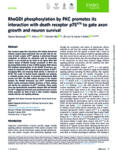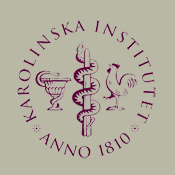In this new paper, we report that CD137, a cell surface protein used in several studies as a marker for beige adipocytes, is undetectable at the protein level in beige adipocytes in vivo or in vitro, and its expression is not upregulated by adrenergic stimulation or cold exposure, as expected for a beige cell marker. Moreover, CD137 knock-out mice showed elevated levels of thermogenic markers, including UCP1, increased numbers of beige adipocyte precursors, and expanded UCP1-expressing cell clusters in inguinal WAT after chronic cold exposure. CD137 knock-out mice also showed enhanced cold resistance. These results indicate that CD137 functions as a negative regulator of “browning” in white adipose tissue, and call into question the use of this protein as a functional marker for beige adipocytes.
The paper has just been published in The Journal of Biological Chemistry.
Read the full paper HERE


